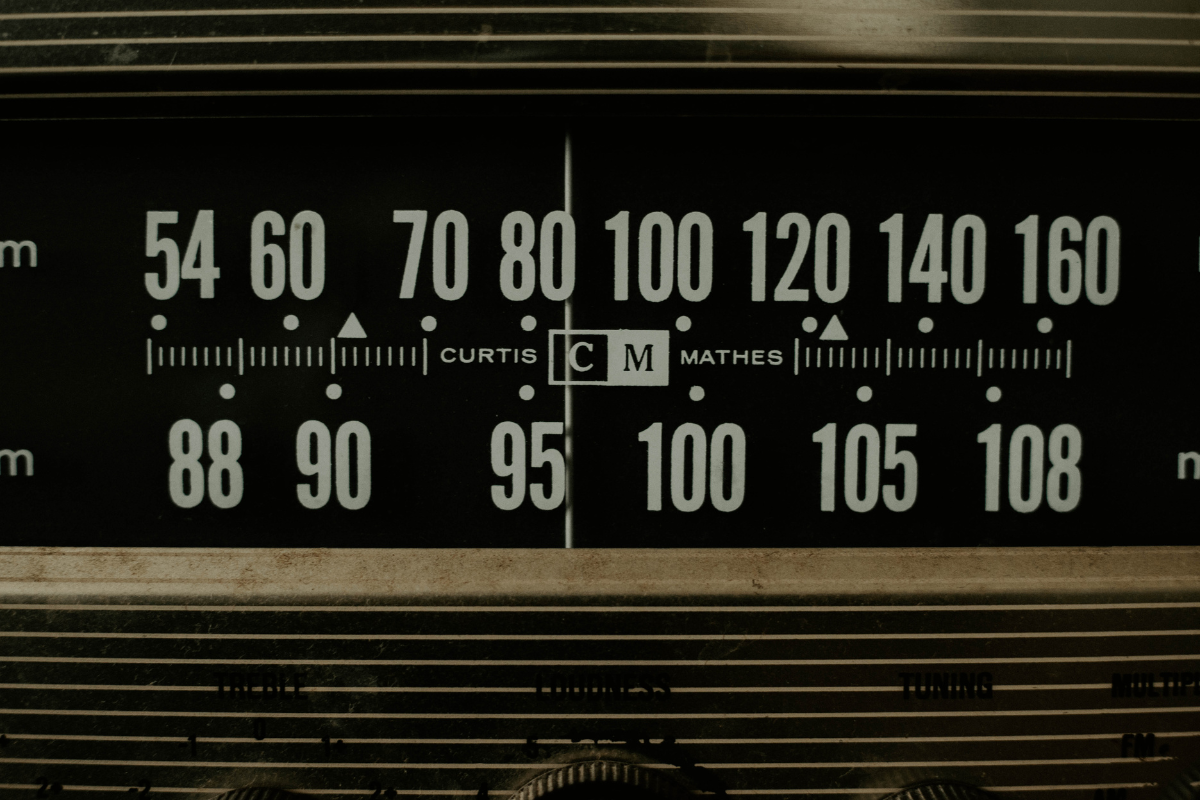When planning a radio campaign, understanding Radio Advertising Rates is crucial for maximizing your marketing budget. One of the key factors influencing Radio Advertising Rates is whether you choose to advertise on AM or FM stations. While both platforms offer unique advantages, the Radio Advertising Rates between AM and FM can vary significantly based on audience size, programming type, and market demand. In this blog, we’ll break down how Radio Advertising Rates differ between AM and FM stations to help you make an informed decision.
The Basics of AM vs. FM and Their Impact on Radio Advertising Rates
To understand Radio Advertising Rates, it’s important to first recognize the fundamental differences between AM and FM radio. AM (Amplitude Modulation) stations generally focus on talk radio, news, and sports programming, while FM (Frequency Modulation) stations are often associated with music, entertainment, and lifestyle content. These programming differences directly affect Radio Advertising Rates, as FM stations typically attract younger and broader audiences, while AM stations may appeal more to niche or older demographics.
Audience Demographics and How They Influence Radio Advertising Rates
The audience a station attracts has a major impact on Radio Advertising Rates. FM stations often command higher Radio Advertising Rates because they reach larger, more diverse, and younger audiences, especially during peak listening hours like morning and evening commutes. On the other hand, AM stations may have lower Radio Advertising Rates due to smaller audience segments, but they can still deliver strong value when targeting specific markets, such as sports fans or news listeners.
Time Slots and Their Effect on Radio Advertising Rates Across AM and FM
Another factor influencing Radio Advertising Rates on AM and FM stations is the time slot you select. Prime slots like drive times (6-10 a.m. and 3-7 p.m.) on FM stations generally carry the highest Radio Advertising Rates because they deliver the most listeners. However, AM stations may offer competitive Radio Advertising Rates during these same slots, especially if you’re targeting an audience that tunes in for talk shows or live sports broadcasts.
Geographic Markets and Their Role in Setting Radio Advertising Rates
Geography plays a significant role in shaping Radio Advertising Rates for both AM and FM stations. In major metropolitan areas, FM stations often demand premium Radio Advertising Rates due to high listenership and market competition. Meanwhile, AM stations may offer more affordable Radio Advertising Rates in those same markets but still provide access to dedicated listener groups. In smaller or rural markets, both AM and FM Radio Advertising Rates tend to be lower overall, making it easier for local businesses to advertise on either platform.
The Format of the Station and Its Influence on Radio Advertising Rates
The content format also has a direct effect on Radio Advertising Rates. For example, FM stations that play popular music genres or host top-rated morning shows usually have higher Radio Advertising Rates due to greater listener engagement. Conversely, AM stations with specialty formats, such as financial news or religious programming, may offer lower Radio Advertising Rates while providing highly targeted opportunities to reach niche audiences.
Production Costs and Their Connection to Radio Advertising Rates
It’s important to remember that Radio Advertising Rates are not limited to the cost of air time. Both AM and FM stations may require additional budget considerations for commercial production, voiceovers, and scripting. While these costs are often consistent across AM and FM, higher Radio Advertising Rates on FM stations may also reflect the demand for more polished or professionally produced ads to align with listener expectations.
How to Maximize ROI When Comparing Radio Advertising Rates
When analyzing Radio Advertising Rates between AM and FM stations, your decision should align with your campaign goals and target audience. While FM may offer broader exposure with higher Radio Advertising Rates, AM stations can provide cost-effective options to engage loyal listeners in specialized markets. Evaluating the value of Radio Advertising Rates should go beyond just the price tag and consider the return on investment based on audience engagement and conversion potential.
Why Radio Advertising Rates Still Offer Value in Today’s Market
Despite the rise of digital marketing, Radio Advertising Rates remain competitive and offer excellent value for businesses looking to reach engaged, local audiences. Both AM and FM stations have adapted to modern trends by integrating streaming and podcast extensions, often bundled into traditional Radio Advertising Rates packages. This hybrid approach helps businesses extend the reach of their radio campaigns beyond the airwaves.


